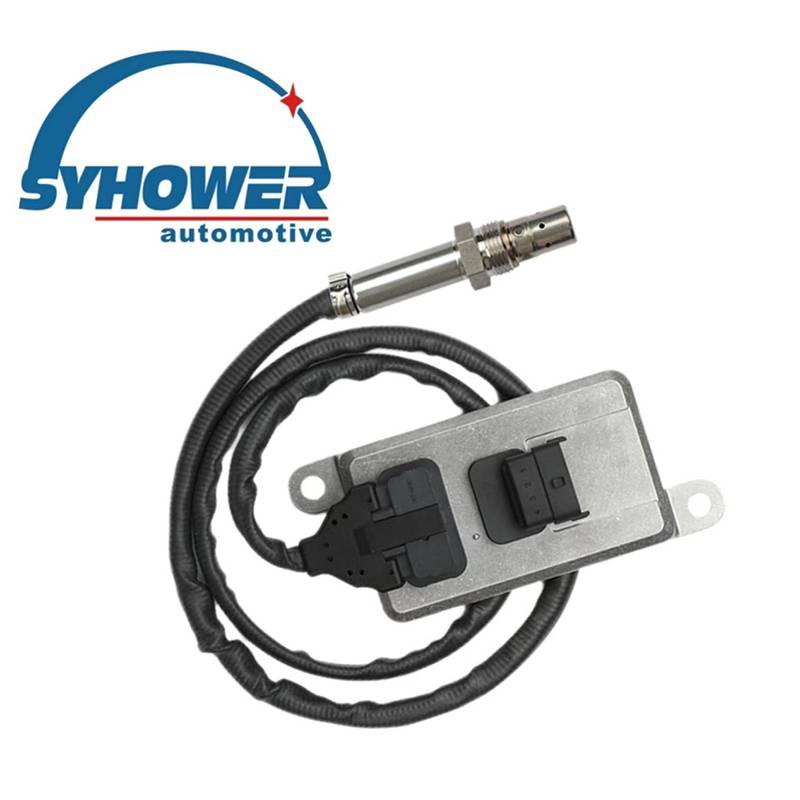- English
- Español
- Português
- русский
- Français
- 日本語
- Deutsch
- tiếng Việt
- Italiano
- Nederlands
- ภาษาไทย
- Polski
- 한국어
- Svenska
- magyar
- Malay
- বাংলা ভাষার
- Dansk
- Suomi
- हिन्दी
- Pilipino
- Türkçe
- Gaeilge
- العربية
- Indonesia
- Norsk
- تمل
- český
- ελληνικά
- український
- Javanese
- فارسی
- தமிழ்
- తెలుగు
- नेपाली
- Burmese
- български
- ລາວ
- Latine
- Қазақша
- Euskal
- Azərbaycan
- Slovenský jazyk
- Македонски
- Lietuvos
- Eesti Keel
- Română
- Slovenski
- मराठी
- Srpski језик
Hidden faults exist in the post-processing system
2024-09-26
Firstly, sensor failures can occur:

1. Nitrogen Oxide sensors(Nox Sensor): These sensors monitor the nitrogen and oxygen levels emitted from the diesel engine. They may provide inaccurate readings due to contamination or damage, leading to engine torque limitations, reduced power output, and increased fuel consumption.
2. Temperature sensors: Primarily used for monitoring exhaust temperature and urea solution temperature; a failure here could result in misalignment of urea injection control, diminished engine performance, risk of urea freezing, and potential blockage of the diesel particulate filter (DPF).
3. Pressure sensors: For instance, pressure sensors located before and after the DPF may fail, which can adversely affect engine performance by increasing fuel consumption and causing emissions to exceed regulatory standards.
Secondly, failures within the electrical system's control unit—either software or hardware malfunctions in the DCU (post-processing control unit) or ECU (engine control unit)—can lead to improper functioning of critical components such as sensors, actuators, and controllers; this ultimately disables the entire post-processing system.
Thirdly, OBD (on-board diagnostic) system failures might trigger warning lights due to sensor malfunctions or circuit issues among other causes.
Lastly, inaccuracies in urea level sensor readings can delay timely additions of urea leading to dry burning issues; if overlooked over time this could result in damage to the urea system.



